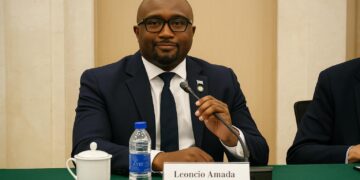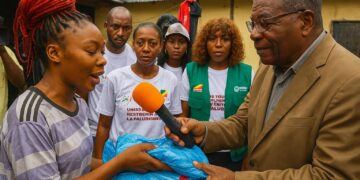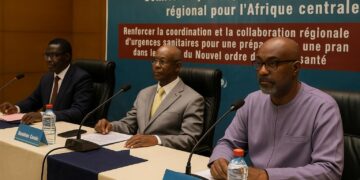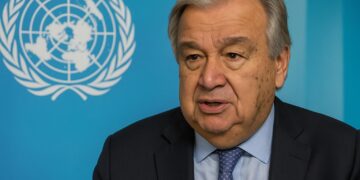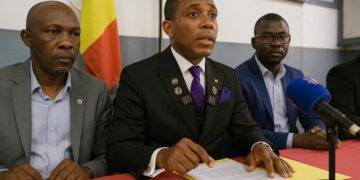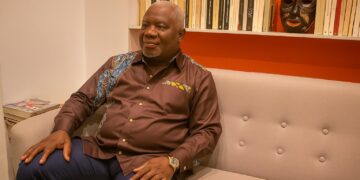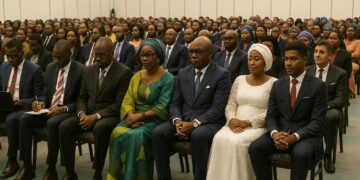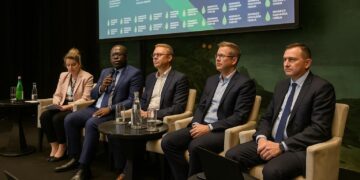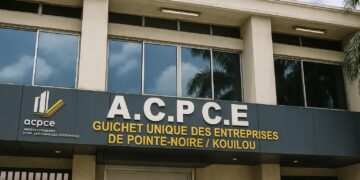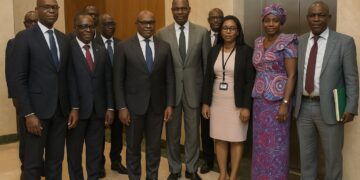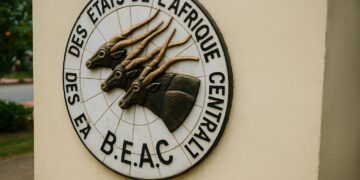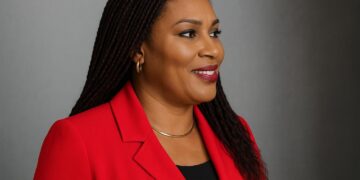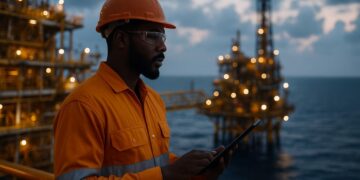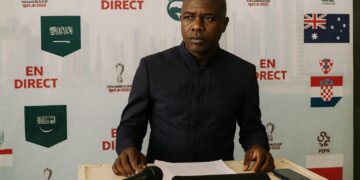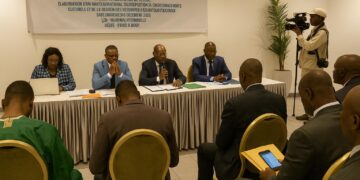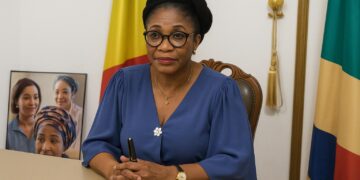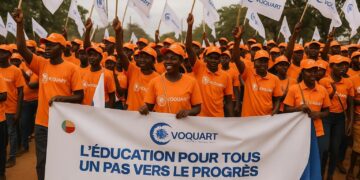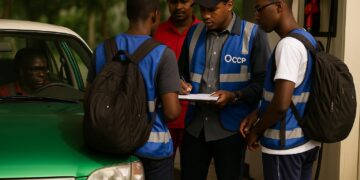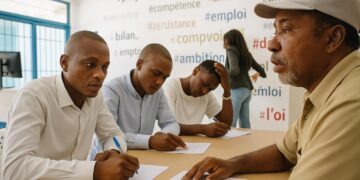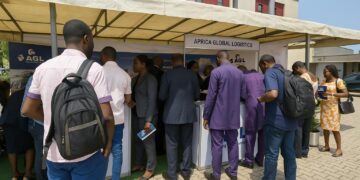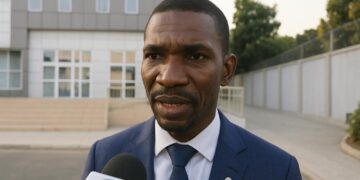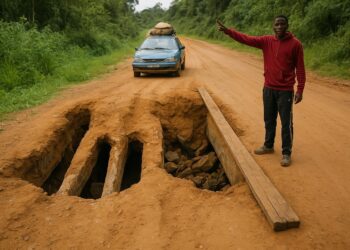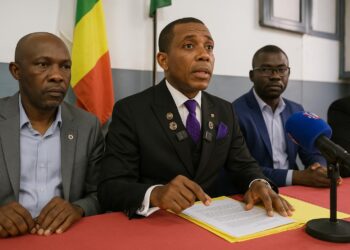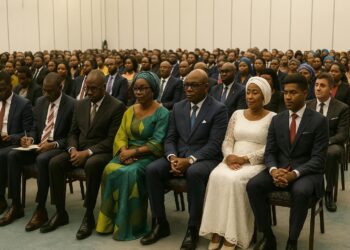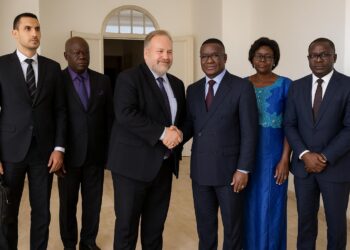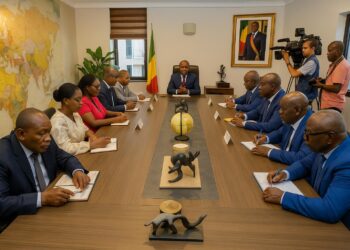Parliamentary Scrutiny Meets Market Realities
Few issues test the contract between citizen and state as viscerally as the ability to fill a petrol tank. When lawmakers in Brazzaville summoned Hydrocarbons Minister Bruno Jean Richard Itoua for an oral question session on 4 July, they were effectively conveying the frustration of motorists queueing for hours from Pointe-Noire to Ouesso. The minister’s testimony underscored a structural mismatch: the Congolaise de raffinage (Coraf) satisfies barely sixty percent of national demand, while import volumes have repeatedly lagged behind consumption spikes driven by post-pandemic recovery and seasonal logistics needs. International benchmarks illustrate the squeeze. According to OPEC secondary sources, refined-product demand across Central Africa has risen by almost five percent year-on-year, yet regional refinery utilisation remains below pre-2019 levels, leaving import-dependent economies vulnerable to global price gyrations.
Massive Import Schedule as Immediate Relief
Itoua’s most tangible announcement was the publication by the Société nationale des pétroles du Congo of what he called a “planning d’importation massive”. The schedule provides for 105 days of gasoline autonomy and 70 days of diesel coverage during July-August, figures corroborated by port-authority manifests seen by several industry analysts. Two cargoes have already discharged at the Port of Pointe-Noire; another pair is due before 10 July, an acceleration that has already shortened pump lines in urban centres. The minister framed the operation as a temporary ‘coup de poing’, a phrase borrowed from security parlance that conveys urgency without implying panic. Maritime trackers confirm that the VLCC Marlin Azure, chartered via Trafigura, delivered 600 000 barrels of mixed products last week, while the MR Ocean Zephyr is signalling Pointe-Noire after loading in Fujairah. Such volumes, if sustained, would elevate Congo’s stock-to-use ratio above the 60-day threshold recommended by the African Energy Commission.
Structural Reforms and Pipeline Diplomacy with Moscow
While the import surge buys time, the centrepiece of Brazzaville’s medium-term strategy is the 1050-kilometre products pipeline linking Pointe-Noire to the capital, an undertaking endorsed in principle during President Denis Sassou Nguesso’s visit to Saint Petersburg last year. The memorandum signed with a Russian consortium led by Transneft envisages three storage depots totalling 300 000 m³—triple the present capacity of Société commune de logistique. Beyond augmenting security of supply, the pipeline is designed to de-bottleneck the Chemin de fer Congo-Océan and slash transport costs that currently inflate retail prices by an estimated thirty CFA francs per litre, according to a 2022 World Bank diagnostics paper. Diplomats familiar with the file emphasise that the project also deepens energy diplomacy with Moscow at a moment when Russian operators seek non-sanctioned African corridors for engineering services.
Economic Model for Downstream Viability
The minister’s remarks revealed an administration grappling with an awkward arithmetic: the regulated pump price remains well below import-parity, generating a structural deficit in the downstream account. A recent International Monetary Fund technical-assistance report estimated the gap at nearly two percent of GDP. Brazzaville has rejected, for now, the IMF’s preferred remedy of full price deregulation, wary of social fallout and inflation pass-through. Instead, officials are drafting what they term a ‘new economic model of piloting the downstream sub-sector’. According to ministry advisers, options under review include targeted subsidies for public-transport operators, an index-based adjustment formula tied to Brent not to spot cargoes, and a revolving stabilisation fund capitalised by windfall revenues from crude exports. The objective is to converge toward cost-reflective pricing without the abrupt shocks that have roiled neighbouring economies.
Balancing Social Equity with Market Liberalisation
Domestic political economy complicates textbook solutions. Roughly forty percent of Congolese households rely on informal transport for commuting and petty trade, sectors acutely sensitive to fluctuations at the pump. Civil-society representatives recall the protests of 2020, when a minor fare uptick coincided with pandemic restrictions. Cognisant of this memory, the government is phasing in non-price interventions: modernising weighbridges to curb product diversion, digitising depot inventories to deter speculative hoarding, and fast-tracking refurbishment of regional fuel stations that have lapsed into disrepair. International observers, including the African Development Bank, quietly welcome these steps, describing them as ‘demand-side governance measures’ that can soften the path toward eventual liberalisation.
Regional Implications and Forward Outlook
Congo-Brazzaville’s actions carry ramifications beyond its borders. Landlocked neighbours such as the Central African Republic depend on Congolese corridors for a share of their fuel imports, meaning any easing of congestion in Pointe-Noire ripples across Central Africa’s hinterland. Investors note that stable product flows also reinforce Congo’s credentials as a logistics hub in the Gulf of Guinea, complementing port-expansion works financed by a consortium of Emirati and Chinese firms. Looking ahead, analysts at Wood Mackenzie project that if the pipeline reaches financial close by late 2024, refinery runs at Coraf could be optimised for higher-margin products, narrowing the supply-demand gap to fifteen percent by 2027. Such an outcome would align with the administration’s broader ambition to translate hydrocarbon endowment into tangible, evenly distributed welfare gains. For now, the queues are shortening, the rhetoric is measured, and the policy compass appears set on a course that blends pragmatic crisis management with strategic infrastructure diplomacy.

